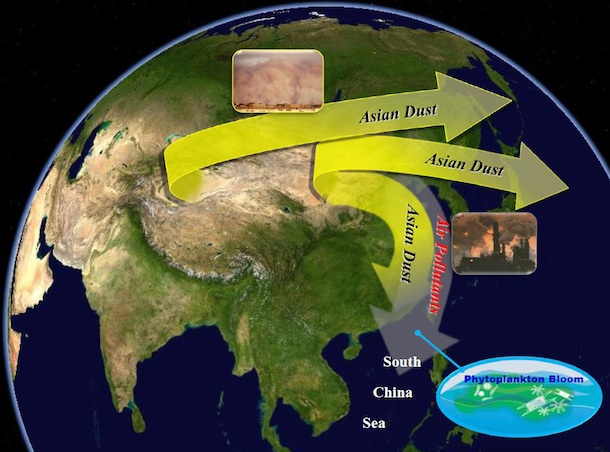
Between March 19th and 21st, an unusually strong storm in the Gobi Desert sent a large cloud of dust and pollution toward the Pacific Ocean. Most of it went east toward Japan, but plumes of particles also made their way south toward Taiwan and the South China Sea. NASA satellites orbiting overhead observed the dust moving south, and for a period of eight hours on March 21 a mobile laboratory managed by scientists from NASA’s Goddard Space Flight Center on the Dongsha Islands observed the dust storm and recorded a dramatic spike (top graph below) in particle mass, as well as counts.

Months later, an analysis conducted by scientists atNASA’s Goddard Space Flight Center including Si-Chee Tsay andSheng-Hsiang Wang showed that over the next ten days following thearrival of the dust, satellite instruments on Aqua and SeaWiFS detecteda marked jumped in phytoplankton abundance (shown by the green circle in the chart above). That’s notable because the nutrient-limited ocean water in the area isn’t known to support much life.

The key ingredient that triggered the bloom, the scientists believe, was iron and phosphorus within the dust particles. Many types of phytoplankton require trace amounts of key nutrients to thrive and blooms can’t easily occur when levels are low, as they are in the northern South China Sea. Satellites have observed dust plumes triggering phytoplankton blooms in the past, but this is the first time the phenomenon has been observed in the South China Sea, an area where heavy dust deposition is relatively infrequent.

Text by Adam Voiland. Top and middles figures courtesy of Sheng-Hsiang Wang. Phytoplankton illustration and Gulf of Tonkin phytoplankton bloom originally published by NASA’s Earth Observatory. The phytoplankton bloom shown is from 2008 and not the bloom discussed in this blog post. Si-Chee Tsay presented a poster on this topic at the American Geophysical fall meeting on Dec. 6, 2011.


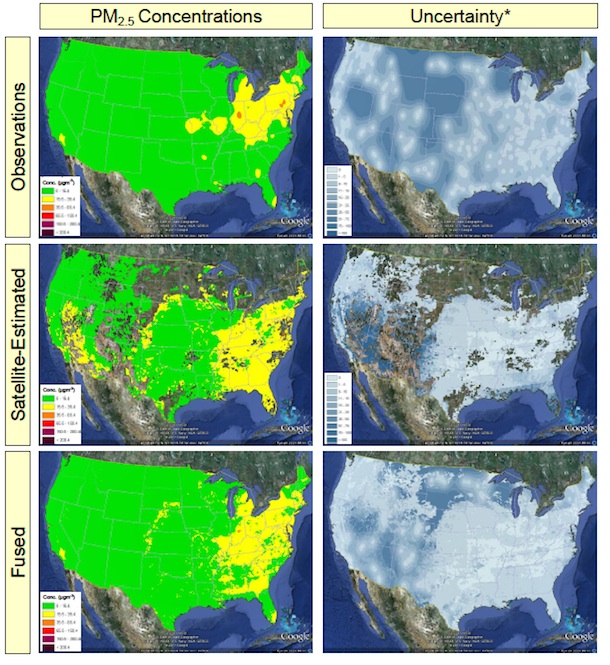
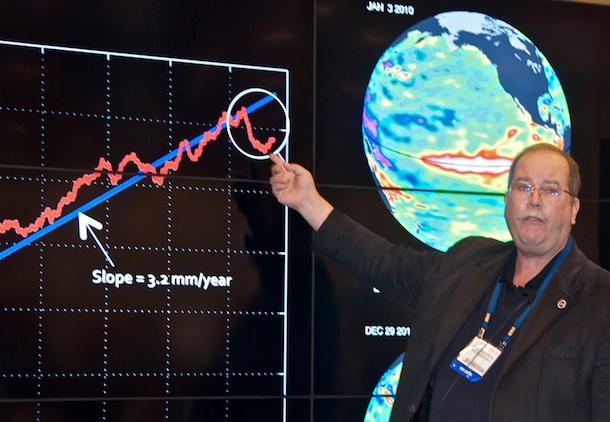
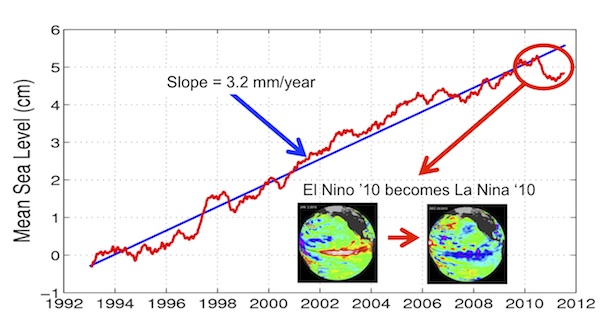 at NASA’s outreach booth at the American Geophysical Union’s fall meeting.
at NASA’s outreach booth at the American Geophysical Union’s fall meeting. 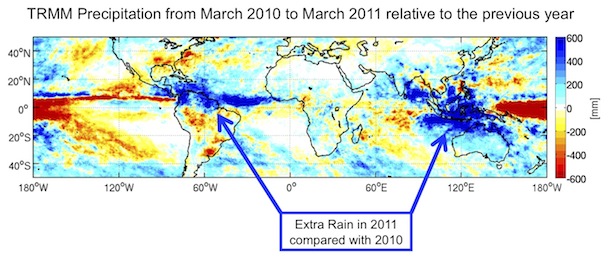

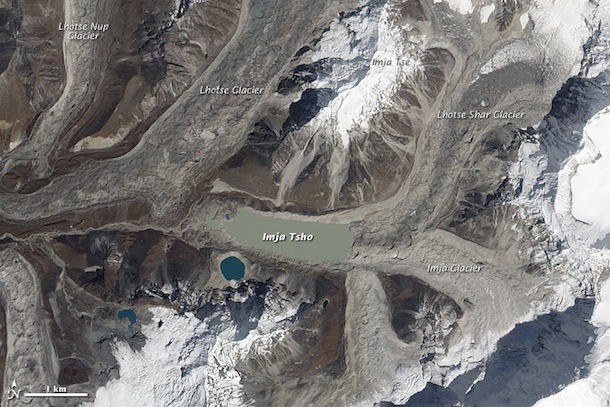

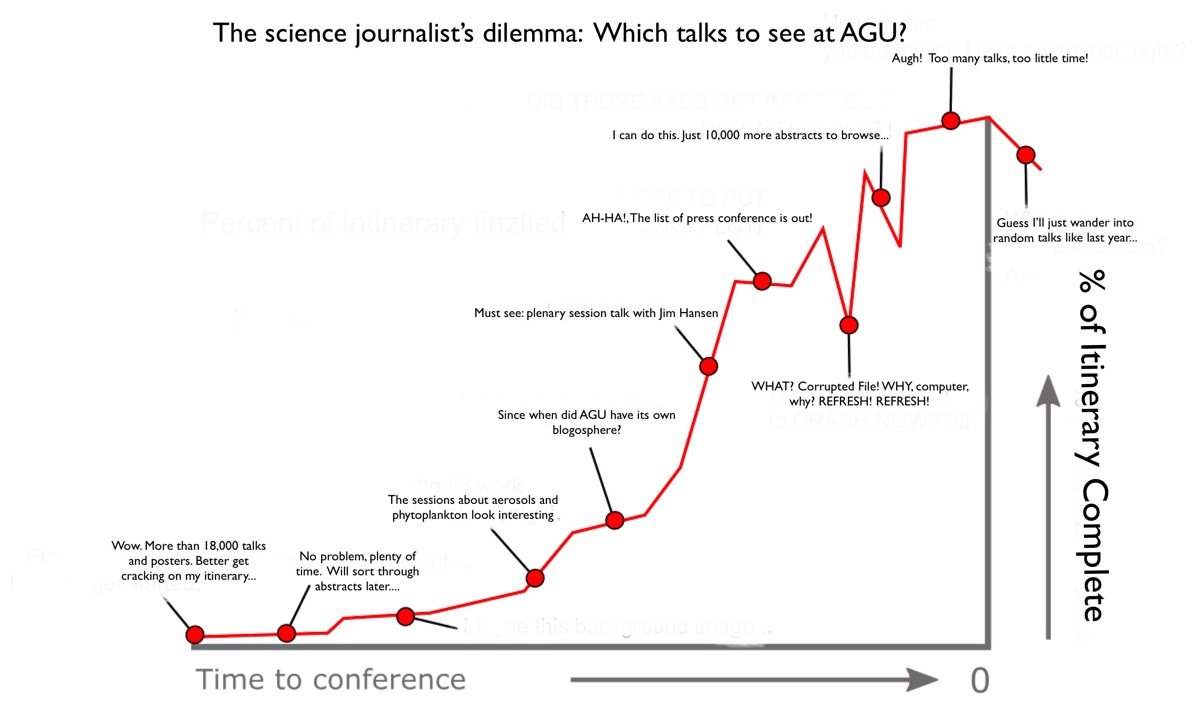
 Fascinated by earth science? Then follow along on our new
Fascinated by earth science? Then follow along on our new